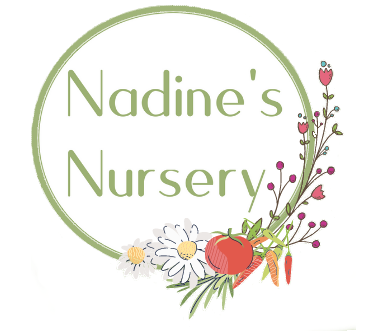Nasturtium - Ladybird Rose (3" peat pot)
Annual. This mounding variety produces an abundance of dusty-pink flowers over small, lilypad-shaped leaves that tumble over pots with charming abandon.
Nasturtiums are an excellent companion for the vegetable garden, attracting pollinators and beneficial insects. They draw pests away from tomato and squash, deter cucumber beetles, and are also particularly beneficial to Brassicas, dill, melons and radishes. They make great underplantings for daylilies and roses. The flowers are entirely edible, with a peppery taste that makes them a unique addition to a summer salad. Plants thrive on neglect. Plant in average, well-draining soil and watch them produce an abundance of cheerful blooms.
Location: Vegetable garden, Front of border, Patio container
Bloom Period: July to September
Height: 12-18”
Plant Spacing: 12”
Annual. This mounding variety produces an abundance of dusty-pink flowers over small, lilypad-shaped leaves that tumble over pots with charming abandon.
Nasturtiums are an excellent companion for the vegetable garden, attracting pollinators and beneficial insects. They draw pests away from tomato and squash, deter cucumber beetles, and are also particularly beneficial to Brassicas, dill, melons and radishes. They make great underplantings for daylilies and roses. The flowers are entirely edible, with a peppery taste that makes them a unique addition to a summer salad. Plants thrive on neglect. Plant in average, well-draining soil and watch them produce an abundance of cheerful blooms.
Location: Vegetable garden, Front of border, Patio container
Bloom Period: July to September
Height: 12-18”
Plant Spacing: 12”
Annual. This mounding variety produces an abundance of dusty-pink flowers over small, lilypad-shaped leaves that tumble over pots with charming abandon.
Nasturtiums are an excellent companion for the vegetable garden, attracting pollinators and beneficial insects. They draw pests away from tomato and squash, deter cucumber beetles, and are also particularly beneficial to Brassicas, dill, melons and radishes. They make great underplantings for daylilies and roses. The flowers are entirely edible, with a peppery taste that makes them a unique addition to a summer salad. Plants thrive on neglect. Plant in average, well-draining soil and watch them produce an abundance of cheerful blooms.
Location: Vegetable garden, Front of border, Patio container
Bloom Period: July to September
Height: 12-18”
Plant Spacing: 12”

